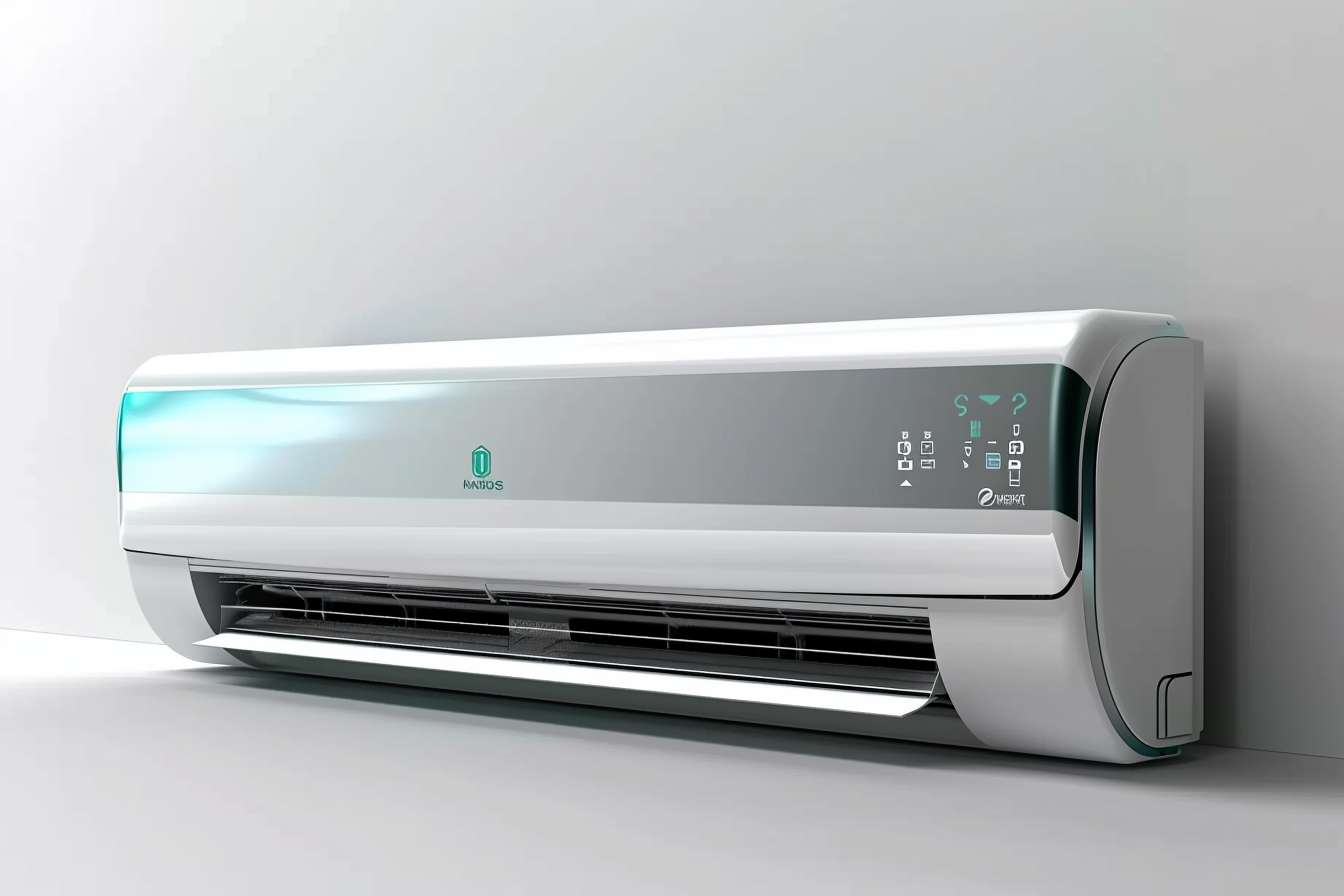What You Need to Know About Refrigerator Prices and Buying Mistakes
Purchasing a refrigerator represents a significant investment in your home's functionality and efficiency. Understanding the various factors that influence refrigerator prices and avoiding common buying mistakes can help ensure you make an informed decision that meets your needs and budget. From size considerations to energy efficiency ratings, several key elements deserve careful attention during the selection process.

What You Need to Know About Refrigerator Prices and Buying Mistakes
Buying a refrigerator represents one of the most substantial appliance investments for any household. Beyond the initial purchase price, factors like energy efficiency, capacity requirements, and feature sets significantly impact both upfront costs and ongoing expenses. Smart buyers understand that the cheapest option often proves most expensive over time, while the most feature-rich models may include unnecessary additions that inflate costs without adding practical value.
How Do Refrigerator Prices Vary by Features and Size?
Refrigerator pricing follows predictable patterns based on capacity, configuration, and technology integration. Basic top-freezer models typically start around $800-1,200 for standard sizes, while bottom-freezer configurations command premiums of $200-500. Side-by-side models generally fall within $1,200-2,500 ranges, with French door designs representing the premium segment at $1,500-4,000 or more.
Capacity directly correlates with pricing, as larger units require more materials and advanced cooling systems. Counter-depth models add $300-800 to comparable standard-depth units due to specialised engineering requirements. Smart features like Wi-Fi connectivity, internal cameras, and touchscreen displays can increase costs by $500-1,500, though their practical value varies significantly between households.
What Common Mistakes Should Buyers Avoid?
Many buyers focus exclusively on purchase price without considering total cost of ownership. Energy-inefficient models can add $100-300 annually to electricity bills, making seemingly affordable options expensive over their 10-15 year lifespan. Inadequate capacity planning leads to either cramped storage or wasted space and energy, while oversized units in small kitchens create workflow problems.
Ignoring door swing requirements causes installation headaches, particularly in galley kitchens or tight spaces. Buyers often overlook water line requirements for ice makers and dispensers, adding unexpected installation costs. Failing to measure delivery paths, including doorways and stairwells, can result in delivery failures and return fees.
Which Features Impact Long-term Reliability and Value?
Compressor technology significantly affects both reliability and operating costs. Variable-speed compressors provide better temperature control and energy efficiency compared to single-speed units, though they increase initial costs. Dual evaporator systems prevent flavour transfer between compartments while maintaining optimal humidity levels, extending food freshness.
Interior materials matter for durability and maintenance. Tempered glass shelves resist staining and cracking better than wire alternatives, while adjustable configurations accommodate changing storage needs. Quality door seals and hinges directly impact energy efficiency and longevity, making these components worth examining during selection.
What Should You Verify Before Purchase?
Warranty coverage varies significantly between manufacturers and models. Standard warranties typically cover parts and labour for one year, with extended compressor coverage ranging from five to ten years. Extended warranty options through retailers often provide poor value compared to manufacturer coverage or third-party protection plans.
Energy ratings provide concrete efficiency comparisons through standardised testing. Energy Star certified models typically use 15-20% less energy than minimum federal standards, translating to meaningful long-term savings. Water filtration systems require ongoing filter replacements costing $50-150 annually, depending on usage and filter quality.
| Model Type | Capacity Range | Price Range (AUD) | Energy Rating |
|---|---|---|---|
| Top Freezer | 400-600L | $800-1,500 | 3-4 Stars |
| Bottom Freezer | 450-700L | $1,200-2,200 | 3-5 Stars |
| Side-by-Side | 500-800L | $1,500-3,000 | 2-4 Stars |
| French Door | 550-900L | $2,000-5,000 | 3-5 Stars |
Prices, rates, or cost estimates mentioned in this article are based on the latest available information but may change over time. Independent research is advised before making financial decisions.
Installation requirements deserve careful attention before finalising purchases. Standard delivery typically includes basic positioning, while installation services covering water connections, leveling, and old appliance removal cost additional $100-300. Electrical requirements vary, with most units using standard outlets though some larger models need dedicated circuits.
Timing purchases strategically can yield substantial savings. Major sales events around holidays often feature manufacturer rebates and retailer promotions. End-of-model-year clearances provide opportunities for premium features at reduced prices, though selection becomes limited as inventory depletes.
Understanding these pricing factors, avoiding common pitfalls, and prioritising features that deliver genuine long-term value enables confident refrigerator purchases. Thorough research and realistic needs assessment prevent costly mistakes while ensuring years of reliable service from this essential kitchen appliance.




